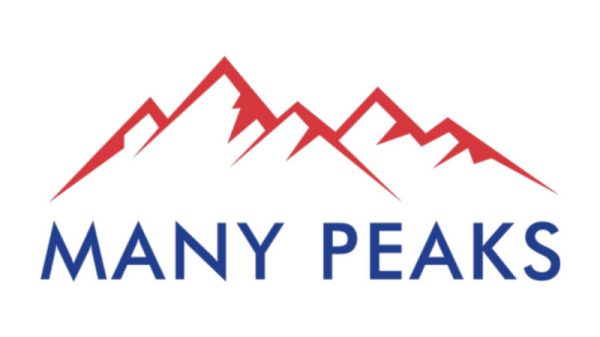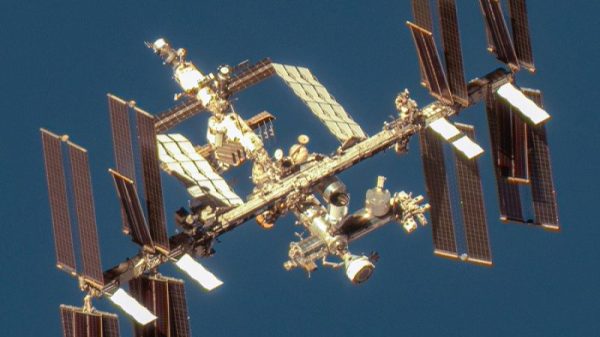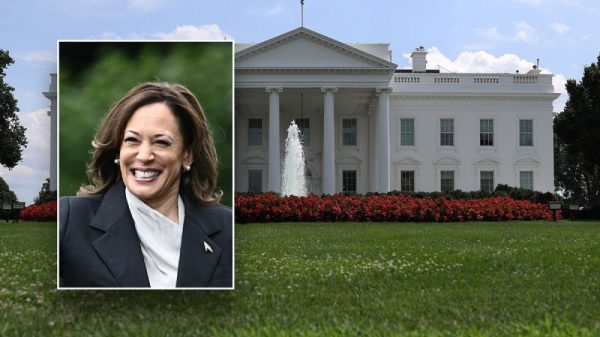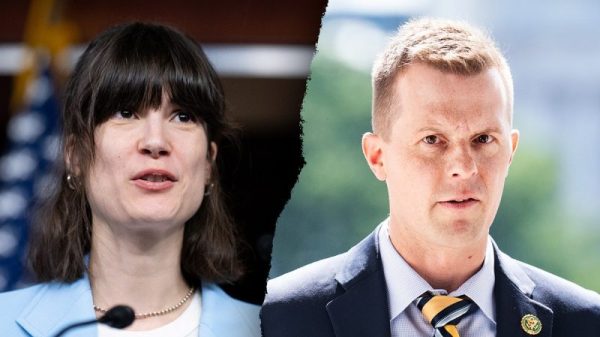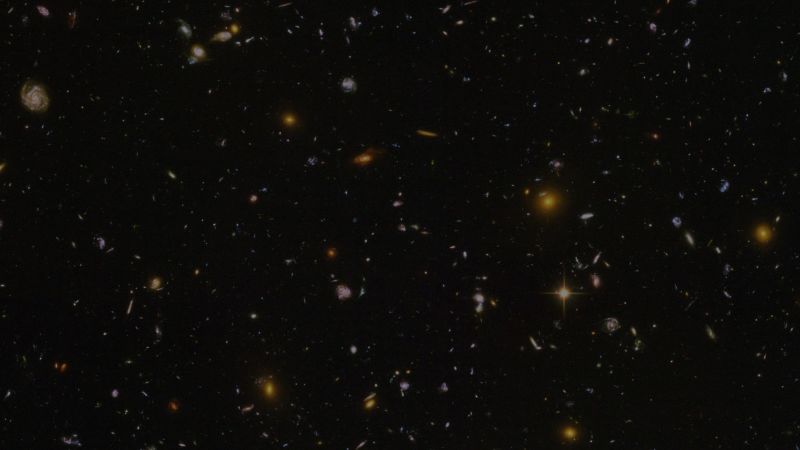Some of the most brilliant minds in science will be catapulted from academic obscurity next week when the Nobel Prizes in physics, chemistry, and medicine or physiology are announced.
The honors, established by Swedish industrialist Alfred Nobel more than a century ago, represent the pinnacle of scientific achievement, celebrating transformative breakthroughs that are often decades in the making.
In addition to the huge publicity, the prizes also draw their share of flak, sometimes triggering controversy and resentment over who gets chosen and who is left out, said Martin Rees, British cosmologist and physicist and former president of the Royal Society, the world’s oldest scientific society.
Rees said one challenge for the Nobel committees is the increasingly collaborative nature of most scientific research. The image of the lone genius having a eureka moment is long gone, if it ever truly existed. Additionally, discoveries can be made simultaneously by different teams.
However, the Nobel selection committees, according to the rules laid down by Alfred Nobel in 1895, can only honor up to three people per prize. This requirement can prove to be a headache, Rees said.
“It may be a project where several people have done work in parallel, and they single out some and not others. It may be that there’s a team, and it’s not obvious that the ones they’ve singled from the team are the dominant figures,” said Rees, who is the UK’s astronomer royal and author of “If Science Is to Save Us.”
For example, the 2017 Nobel in physics recognized the detection of gravitational waves — “ripples” in space generated by colliding black holes 1 billion or more light-years away. The key papers reporting this discovery had almost 1,000 authors, Rees noted. However, only three were rewarded the prize — Rainer Weiss, Barry Barish and Kip Thorne.
Similarly, one often discussed candidate for the medicine or chemistry Nobel Prize is the mapping of the human genome, a transformative project that was only fully completed in 2022 and involved hundreds of people.
David Pendlebury, head of research analysis at Clarivate’s Institute for Scientific Information, who identifies “Nobel worthy” individuals by analyzing how often fellow scientists cite their key scientific papers throughout the years, agrees that the three-person rule is a constraint.
“It really has become a huge transformation in science that it’s more and more team science — huge groups tackling more difficult problems, international collaborative networks,” Pendlebury said. “This rule of three does seem to be an impediment if they wanted to recognize a team.”
The rule that a prize can only be awarded to three people comes from the statutes of the Nobel Foundation, which is responsible for fulfilling the intentions of Nobel’s will, according to the Nobel Prize website. Peter Brzezinski, the secretary of the committee for the Nobel chemistry prize, said there were no plans to change the rule. However, he said that the committee follows a detailed process once the nominations have been made by the end of January.
“We start the process by asking a number of experts from around the world to write reports describing the field in which the discovery has been made, to outline the main discoveries in this field and also to mention individuals who have made the most important contributions,” he explained via email.
“We read all relevant literature, attend conferences and write reports also within the committee,” Brzezinski added. “With time, we often succeed in identifying a limited number of scientists who have made the discovery. If this is not possible, we are not able to propose a Prize to the Academy.”
Retrospective view
The Nobel committees typically single out work that happened decades earlier — a retrospective view that’s often needed given that it can take time for the significance of some scientific research to become clear.
The Nobels also focus on three scientific disciplines, as designated in the will of Alfred Nobel. Fields including mathematics, computer science, earth and climate science and oceanography are excluded.
Even within the fields of chemistry, physics and medicine and physiology, just five areas out of 114 different scientific subdisciplines account for more than half of Nobel Prizes awarded from 1995 to 2017, according to one 2020 study. These are particle physics, atomic physics, cell biology, neuroscience and molecular chemistry.
Rees, however, noted that taking the long view and giving greater recognition to certain fields can, at times, make the Nobel committees seem out of touch with the scientific priorities of the day.
One example is artificial intelligence, or AI, which is transforming people’s lives at an unprecedented pace.
Two hot names in the field are Demis Hassabis and John Jumper, the Google DeepMind inventors of AlphaFold — an AI program that decodes the 3D structures of proteins from amino acid sequences. They won the $250,000 Lasker Prize this year and the Breakthrough Prize a year earlier.
Since their key paper was published just over two years ago, it has been cited more than 8,500 times, Pendlebury said.
“That is, in my experience, just incredible in terms of the speed at which the citations have accrued, so obviously, it’s a huge, important intellectual discovery,” said Pendlebury, who has been compiling his list of “citation laureates” since 2002.
The Nobel committees have on occasion awarded accolades to recent breakthroughs — such as when the chemistry prize went to Emmanuelle Charpentier and Jennifer Doudna in 2020, less than 10 years after their key 2012 paper on the CRISPR-Cas9 gene editing technique — but Pendlebury thinks a Nobel Prize for AI this year is still a long shot.
He said the Nobel Prize committees, at least for science prizes, are “innately conservative.”
Diversity
Other criticism leveled at the Nobel Prizes includes the lack of diversity among winners. More female scientists have gotten the call from Stockholm in recent years, but it’s been a trickle rather than a torrent.
Last year, Carolyn Bertozzi, who won the chemistry prize, was the only female winner of a science prize. There were no female science recipients in 2021 or in 2019, when the Nobel committee asked nominators to consider diversity in gender, geography and field. Astrophysicist Andrea Ghez shared the physics prize in 2020, the same year as Doudna and Charpentier’s chemistry win.
Pendlebury said he believes lack of diversity on the Nobel stage is essentially a pipeline problem.
“They’re looking at work typically published 20 or 30 years ago, when the number of women in science at elite levels was not as much as it is today,” he said. “And so I think as time goes forward, you see more and more women being selected.”
Others point to the issue as more evidence of systemic bias in science, with women already less likely to be given credit or named as lead author on scientific papers.
“There are several women who made Nobel-level contributions to science, contributions for which male colleagues were awarded, but they were not,” said Naomi Oreskes, a Henry Charles Lea Professor of the history of science and an affiliated professor of Earth and planetary sciences at Harvard University. “These examples prove that even when there were qualified women, they were systematically passed over.”
Rees attributes the diversity problem to a lack of transparency. The Nobel short list is secret, as are the nominators, and documents revealing the details of the selection process are sealed from public view for 50 years.
Of course, these flaws and gaps only matter because the Nobels are far better known than other science prizes, Rees added. He prefers so-called challenge prizes, such as the XPrize, which incentivize future efforts to tackle an important problem, rather than rewarding past success.
The Nobel Prize in physiology or medicine will be announced on Monday, followed by the physics prize on Tuesday and the Nobel Prize in chemistry on Wednesday. The Nobel Prize for literature and the Nobel Peace Prize will be announced on Thursday and Friday, respectively.




